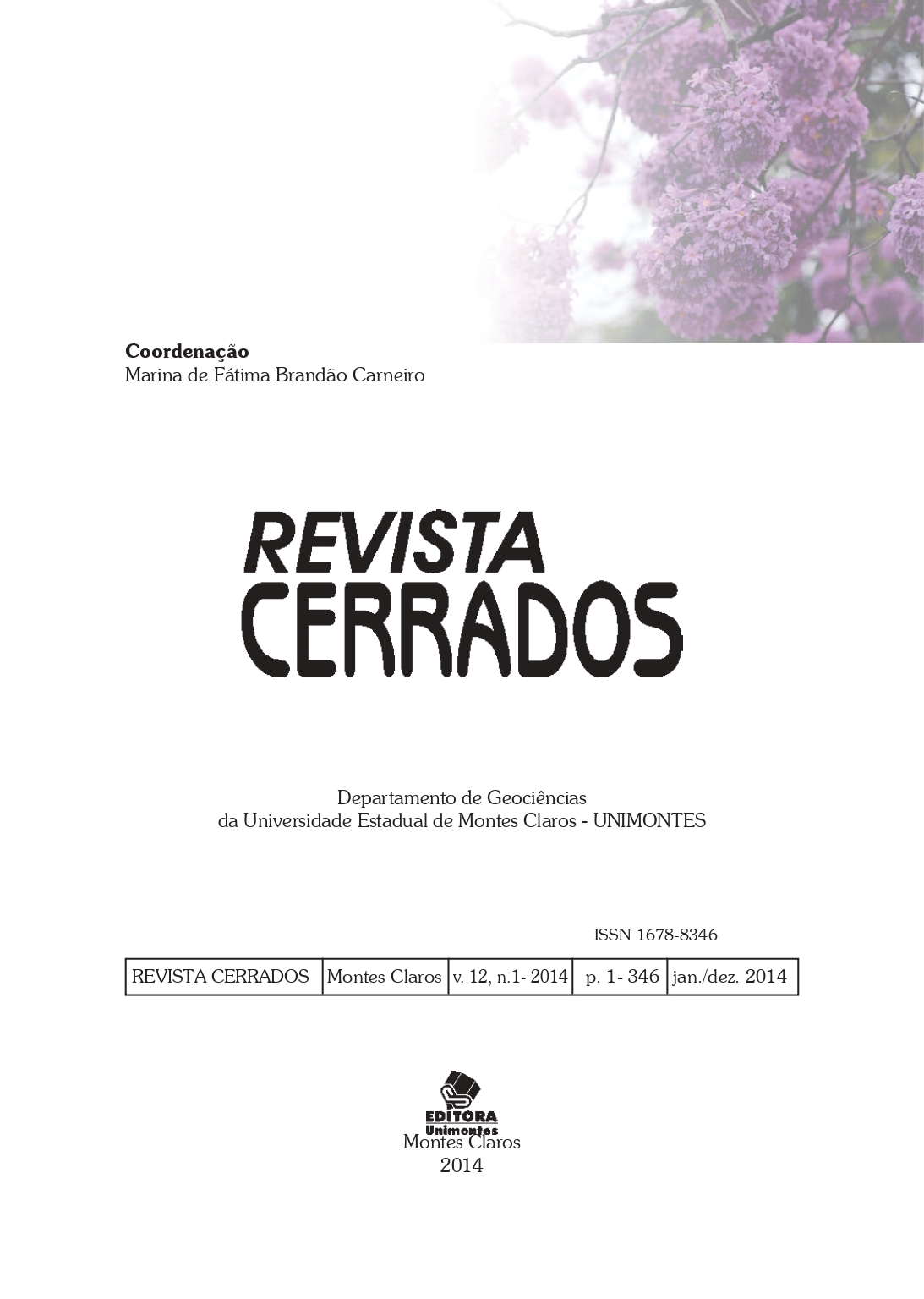Natural capital - sins and human virtues
Keywords:
Cosmology. Sustainability. Destruction. Gaia.Abstract
Our interest in this article is simply an attempt to understand and visualize Earth as a kind of superorganism, a global ecosystem in all its truly integrated ecosystem, thereby providing a more cosmological understanding on the whole in search of a true world consciousness to its protection, conservation and sustainability. Thinking about the Brazilian ecosystem, we can also reflect a bit more about the planet Earth, for destructive actions caused by men in Brazil has been a reality for a long time in other territories. In the 80s many social struggles in defense of policies for environmental sustainability started, thus considered a landmark.
Downloads
References
LUTZEMBERG&LEWGOY. Política e meio ambiente. Porto Alegre: Mercado Aberto, 1986. 116 p. (Tempo de Pensar, 6).
MINC, Carlos. Ecologia e Cidadania. São Paulo: Moderna, 1997. (Coleção Polêmica).
Simpósio da Sociedade Latino-Americana e Caribenha de História Ambiental (4: 2008: Belo Horizonte, MG). História ambiental e cultura da natureza: resumos do IV Simpósio da Sociedade Latino Americana e Caribenha de História Ambiental. Regina Horta Duarte, José Newton Coelho Meneses (Org.) – Diamantina: Maria Fumaça, 2008.
TERRA, Revolta da Natureza. Revista PUC Viva. Ano 8, nº 29, janeiro a março de 2007.
MELO,Luis Gonzaga de. Antropologia cultural: iniciação, teoria e temas – Petrópolis, Vozes, 1987, 528p.
GOMES, Ana Paula Fonseca. O homem e o meio ambiente. Belo Horizonte: SENAC/MG/SEMD, 2003. 67p.
LOUREIRO, Carlos Frederico B. Trajetória e fundamentos da educação ambiental. 2. Ed. São Paulo: Cortez, 2006. 150 p.
Downloads
Published
How to Cite
Issue
Section
Categories
License
Copyright (c) 2014 Revista Cerrados

This work is licensed under a Creative Commons Attribution-NonCommercial-ShareAlike 4.0 International License.
In this journal, the copyrights for published articles belong to the author (s), with the rights of the first publication belonging to Revista Cerrados. The articles are publicly accessible, free to use, their own assignments, educational assignments and non-commercial applications.


















